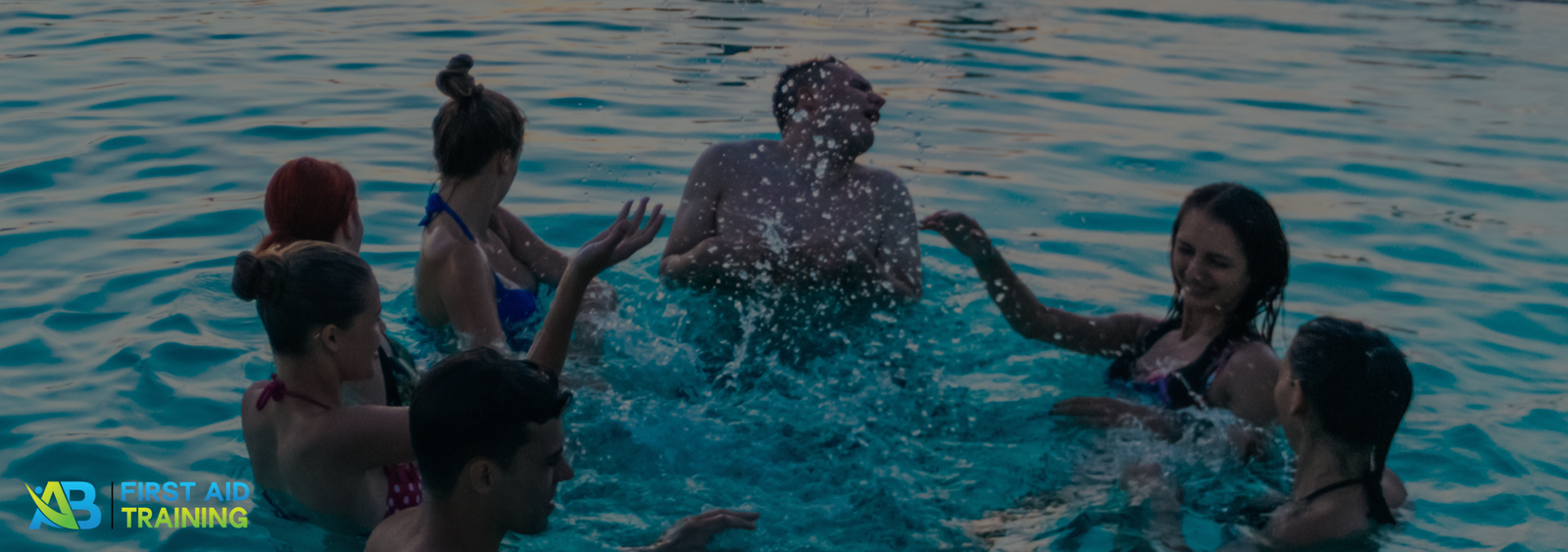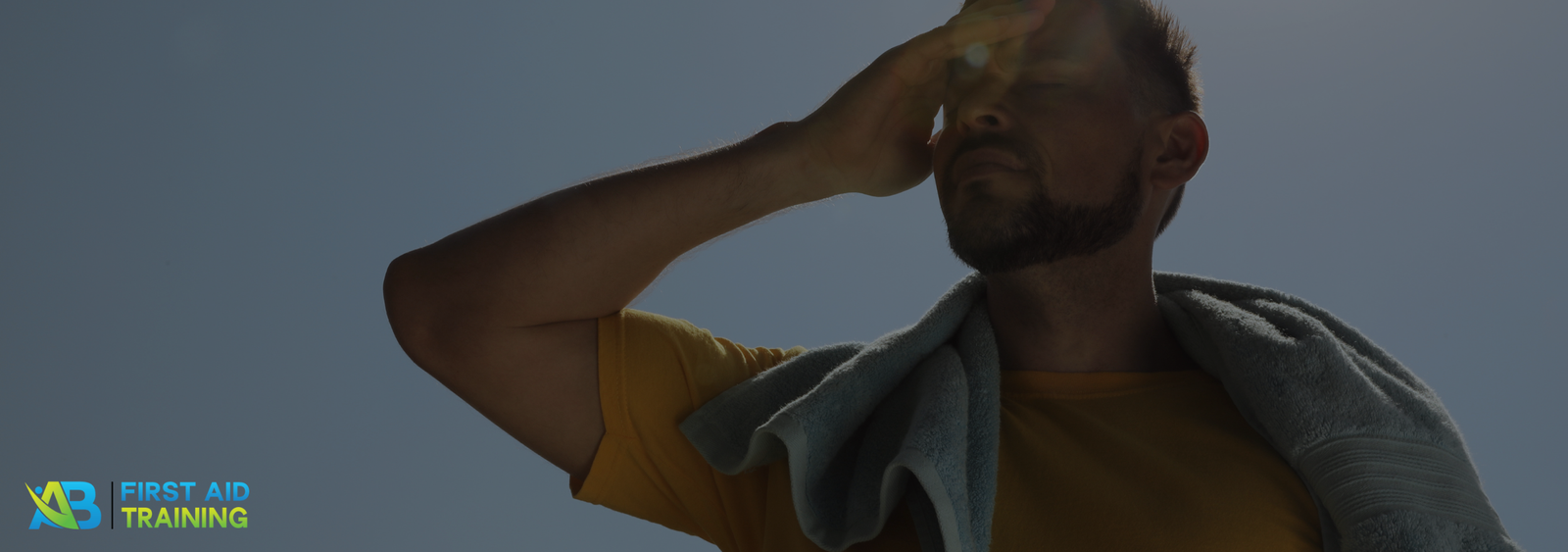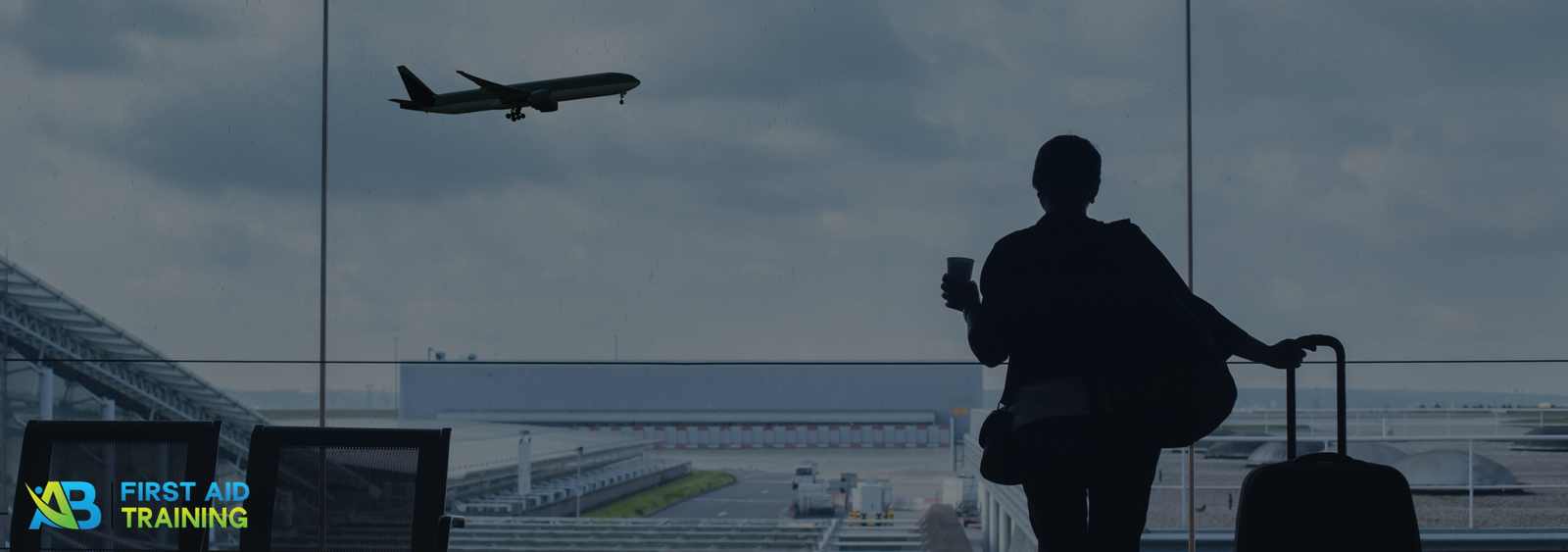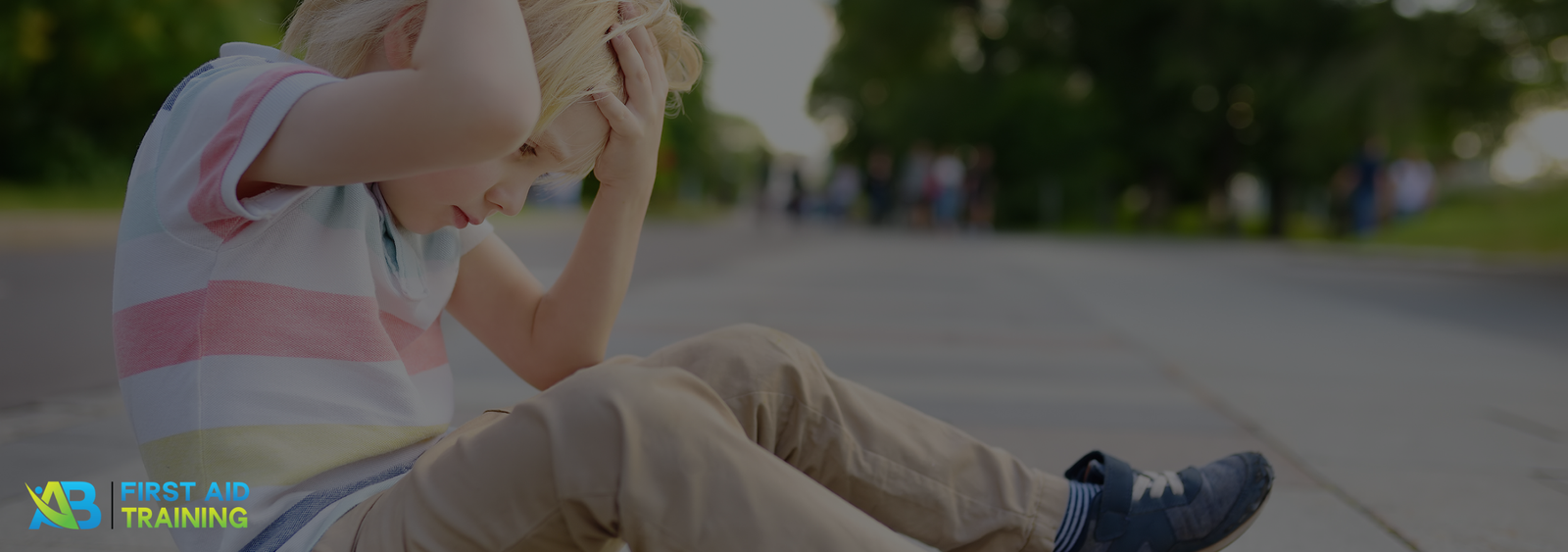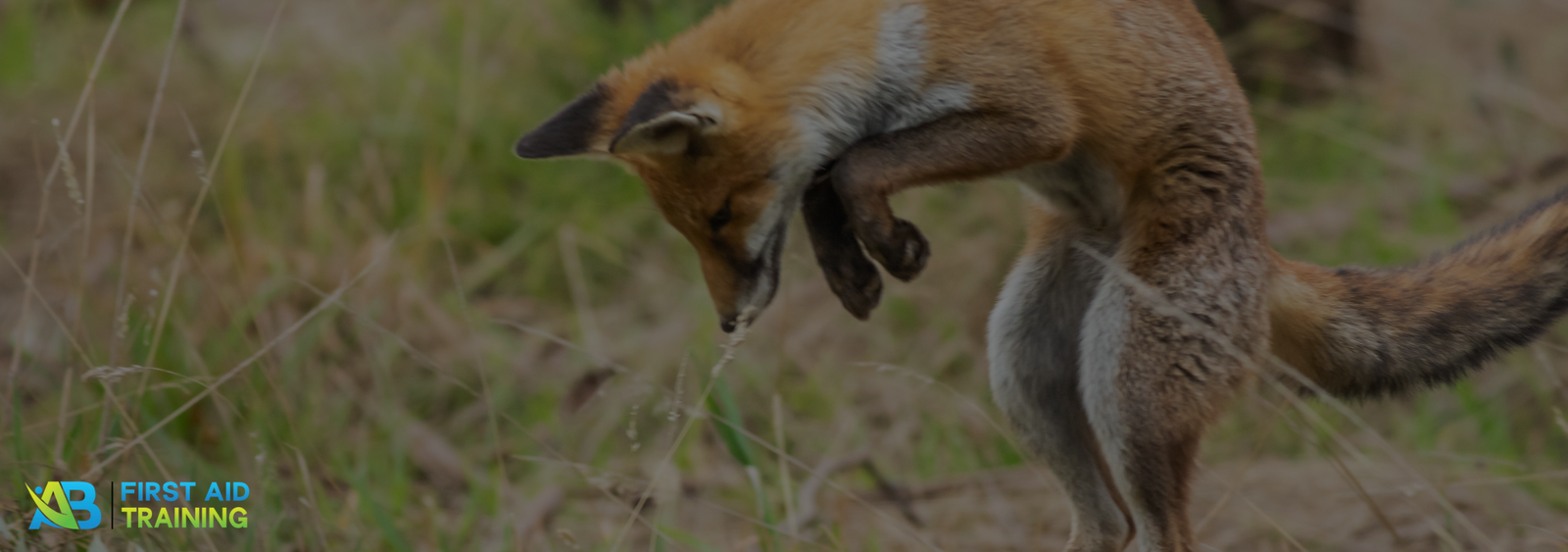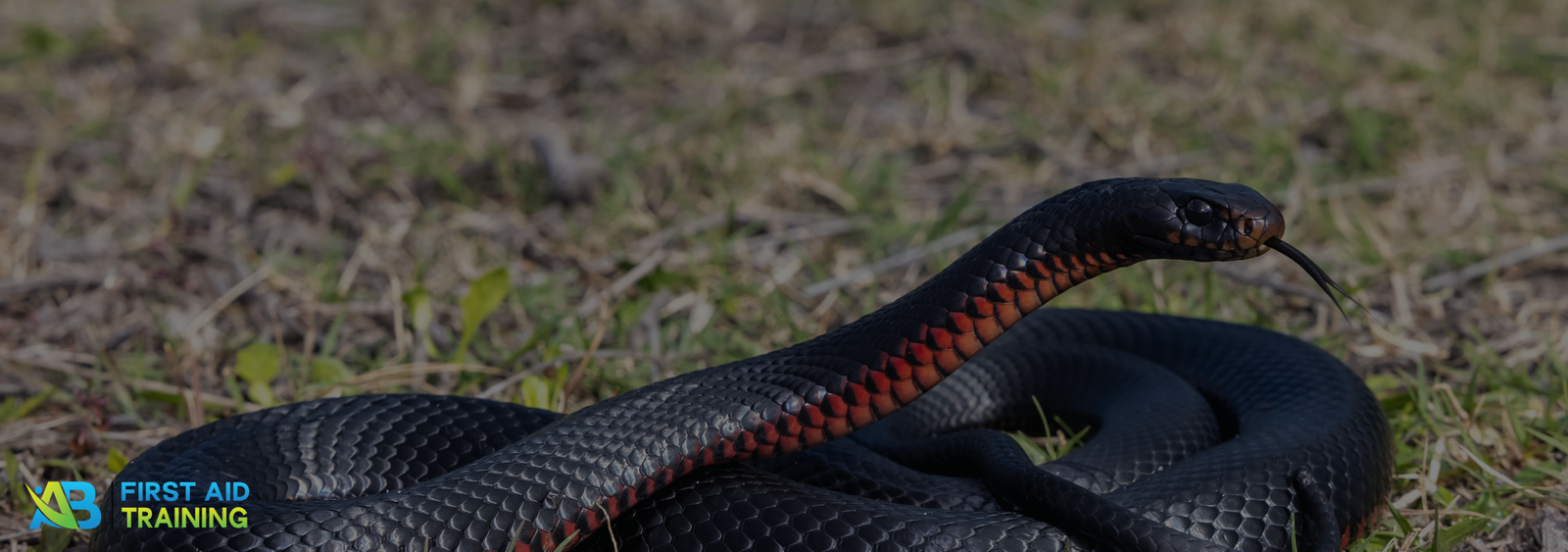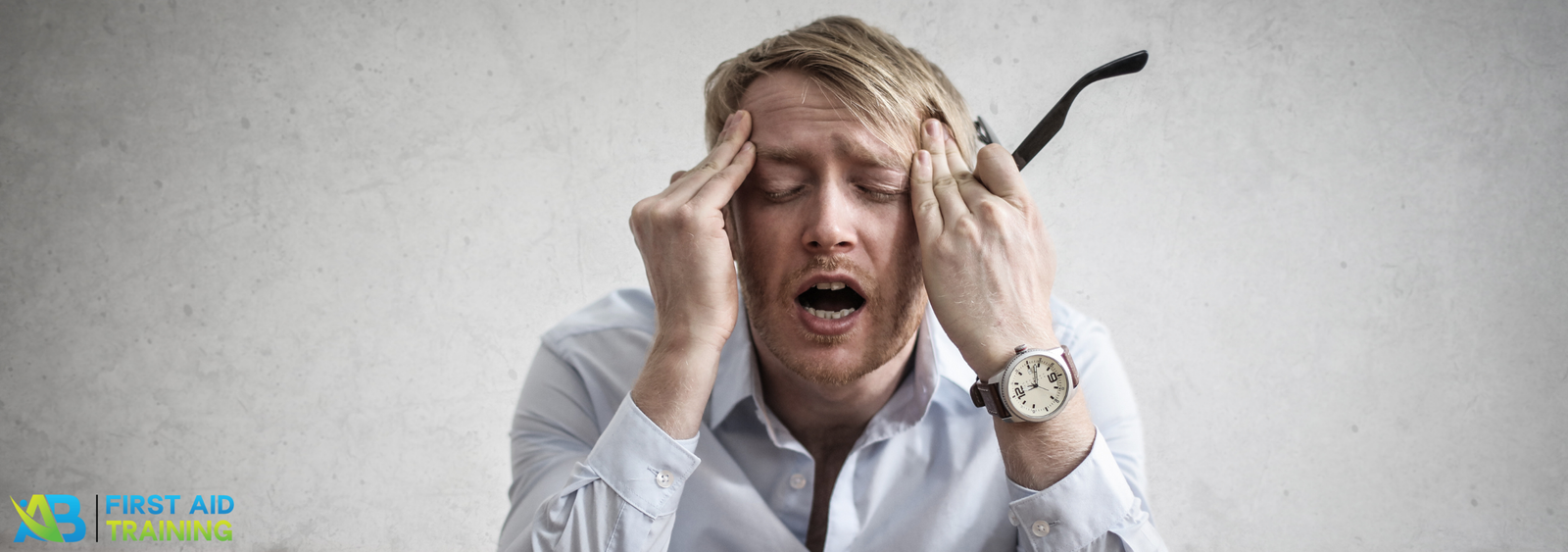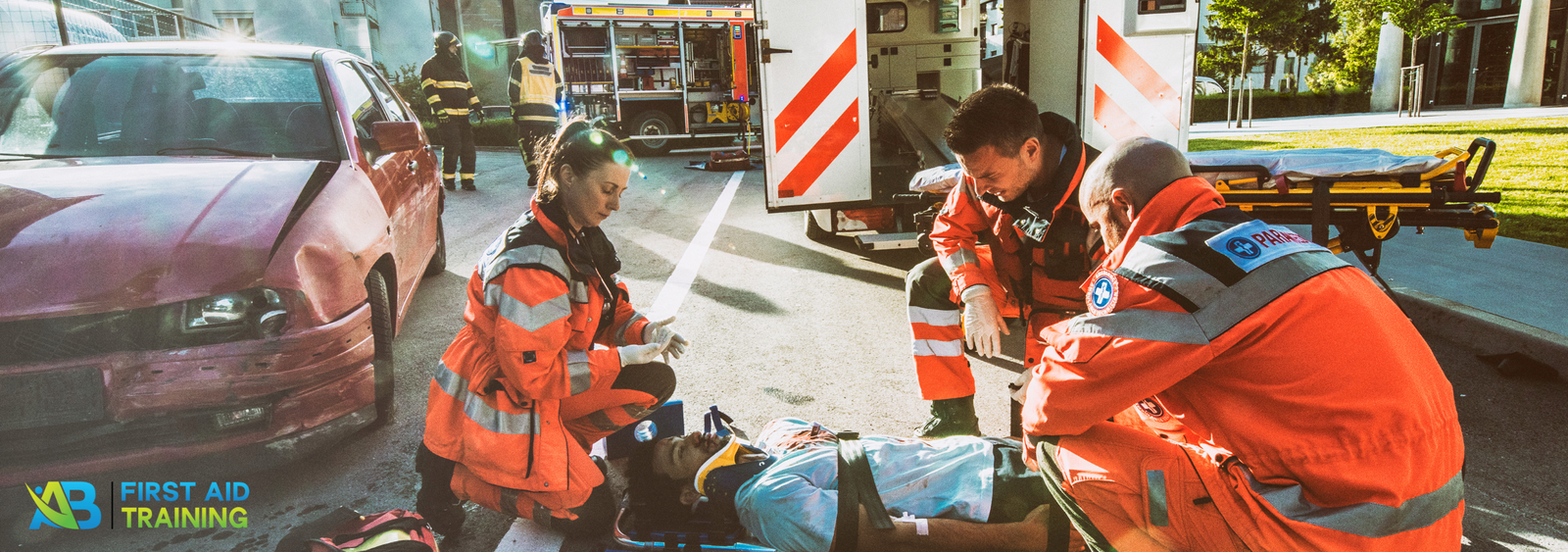Make sure your first aid kit is race-ready this Cup Day and for summer. See our top 10 must-have items and simple safety tips for every celebration.
Summer’s Hidden Dangers: The First Aid Skills Every Aussie Should Know Before the Holidays
Summer means fun in the sun, but it’s also peak season for preventable injuries. Learn the top first aid skills every Aussie should know before the holidays.
Holiday Travel Health: What to Do When You Get Sick or Injured Away from Home
Get travel-ready this summer with our essential first aid kit checklist and health advice for holidays, road trips, and outdoor adventures.
Is Your First Aid Kit Race-Ready?
Make sure your first aid kit is race-ready this Cup Day and for summer. See our top 10 must-have items and simple safety tips for every celebration.
Concussion Made Simple: What Actually Happens in the Brain
Concussion in plain English. Learn what happens in the brain, what to look for, and simple steps to keep people safe after a head knock.
Urban Foxes Around Brimbank Park and Tullamarine: Are There More Foxes Around or Is That Just Me?
Melbourne has one of the world’s highest urban fox densities. Learn where foxes live in the north-west, how to protect pets, and stay safe outdoors.
Time is the Biggest Enemy
– Teachers are already juggling full teaching loads, meetings, and admin.
– Releasing staff for training means finding and funding casual relief teachers.
– Professional development calendars are crammed — adding compliance training can mean sacrificing other priorities.
Snake Season in Melbourne’s North-West: What You Need to Know This Spring
It’s snake season in Melbourne’s north-west. Learn where snakes are active around Brimbank Park, Tullamarine, and Keilor, and how to stay safe.
Time is the Biggest Enemy
– Teachers are already juggling full teaching loads, meetings, and admin.
– Releasing staff for training means finding and funding casual relief teachers.
– Professional development calendars are crammed — adding compliance training can mean sacrificing other priorities.
The True Cost of Compliance Failures (and How to Avoid Them)
In today’s fast-paced, heavily regulated environments, organisations can no longer afford to treat compliance as a box-ticking exercise. When compliance systems fall short, the consequences reach far beyond fines and penalties. From reputational damage to staff turnover and the loss of community trust, the true cost of non-compliance is often far greater than it first appears.
Compliance Doesn’t Have to Be This Hard — But For Most Schools and Centres, It Still Is
Compliance Doesn’t Have to Be This Hard — But For Most Schools and Centres, It Still Is
Time is the Biggest Enemy
– Teachers are already juggling full teaching loads, meetings, and admin.
– Releasing staff for training means finding and funding casual relief teachers.
– Professional development calendars are crammed — adding compliance training can mean sacrificing other priorities.
First Aid On the Road: Why Every Support Worker Must Have a Compliant Kit in Their Vehicle
The Anaphylaxis Verification Process in Victorian Schools: What Schools Must Know to Stay Compliant
